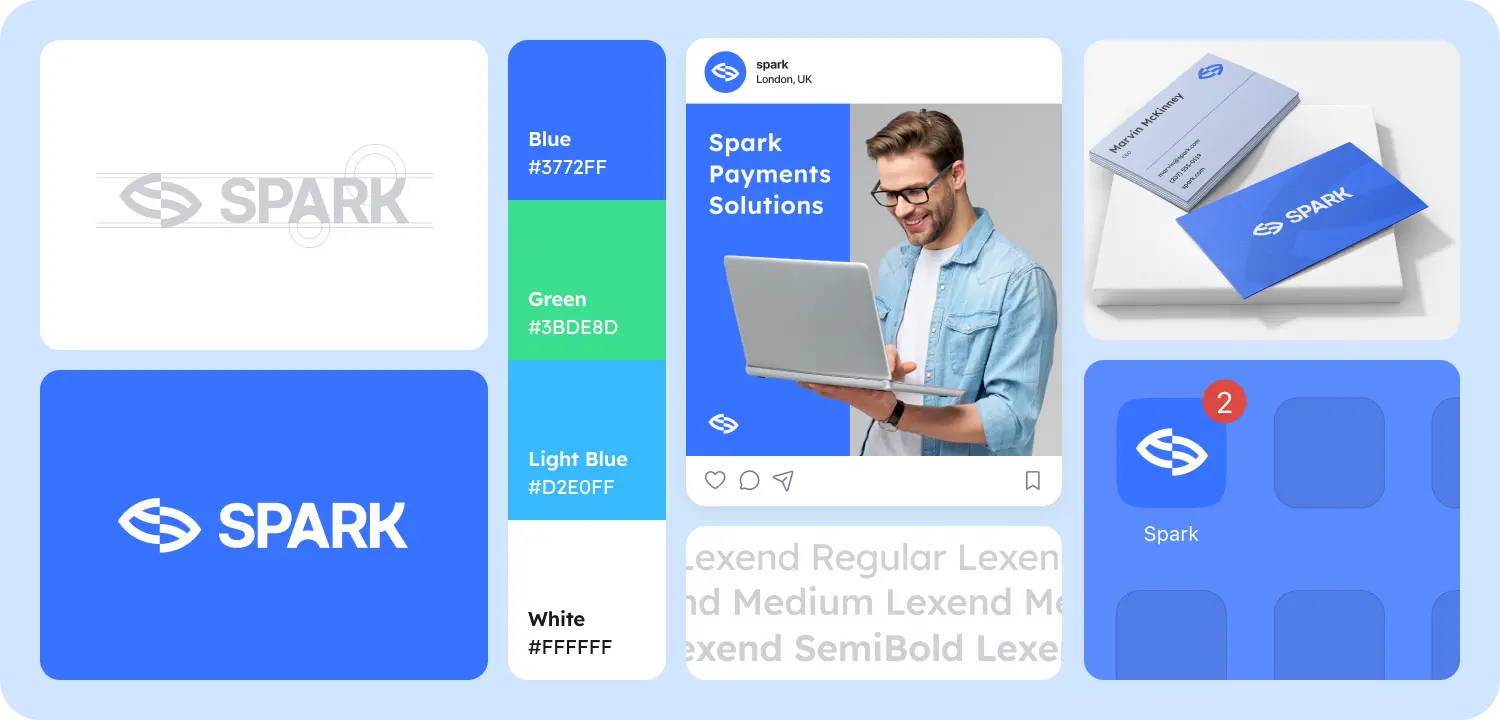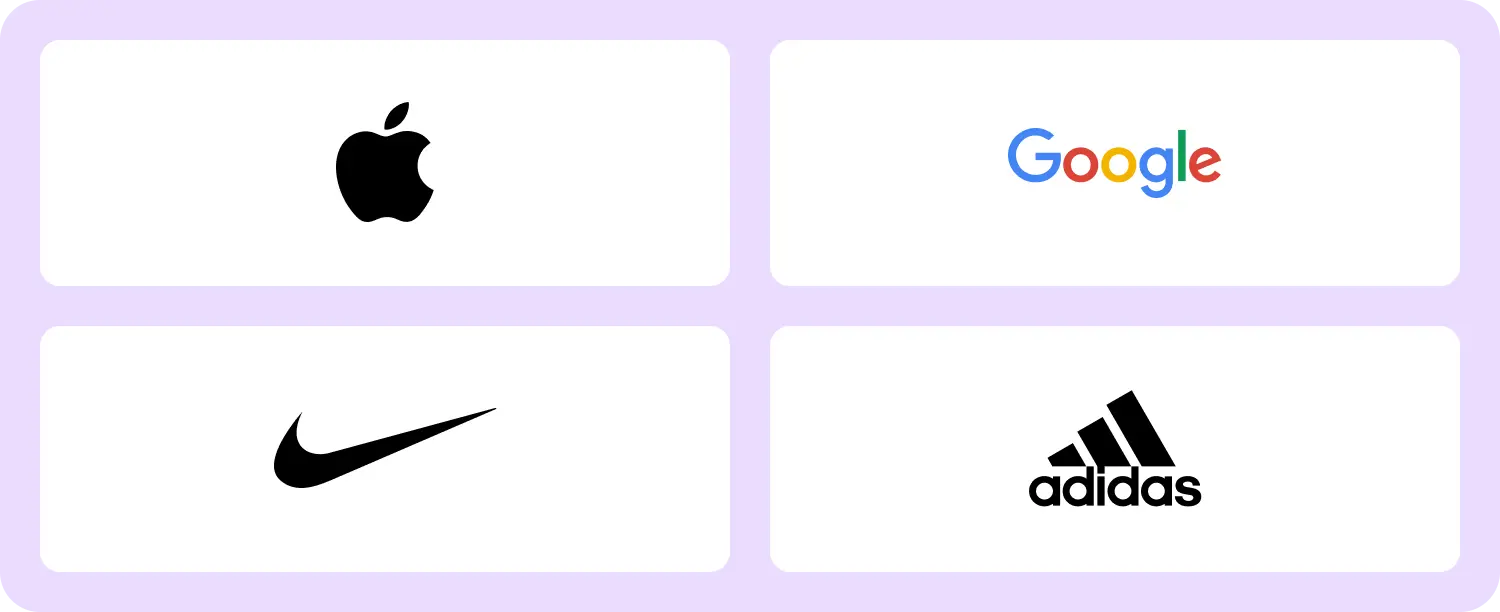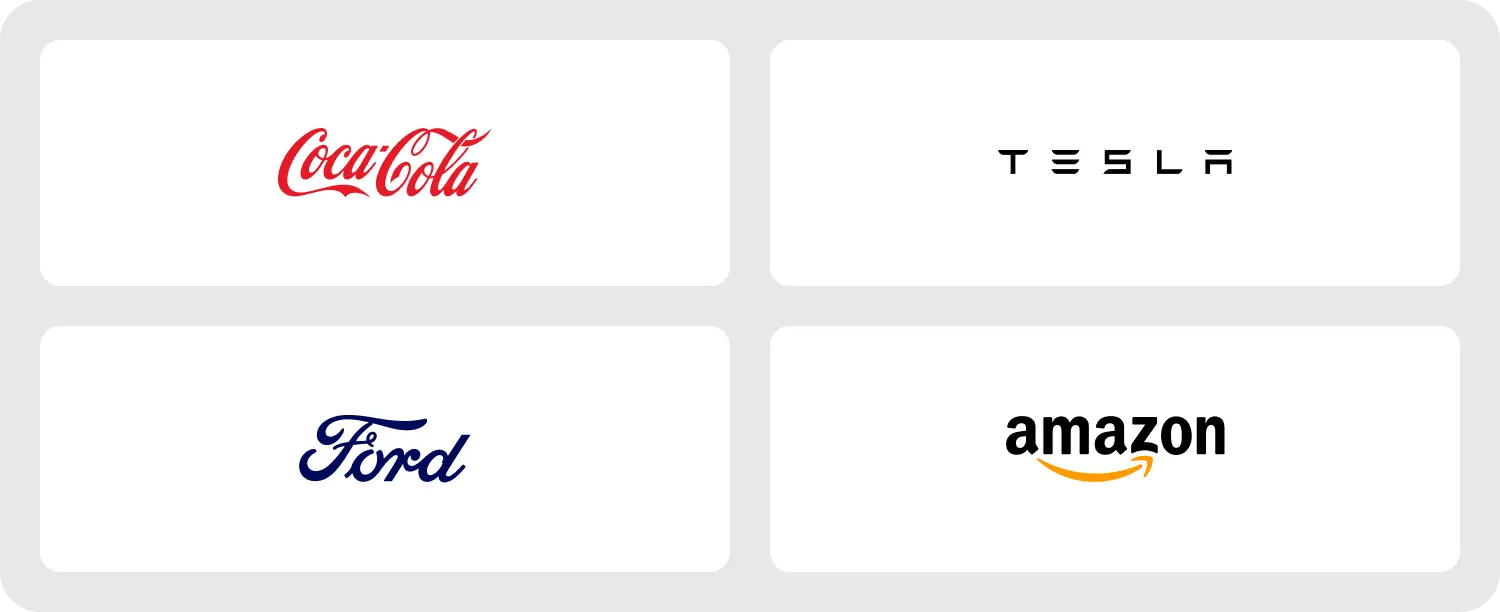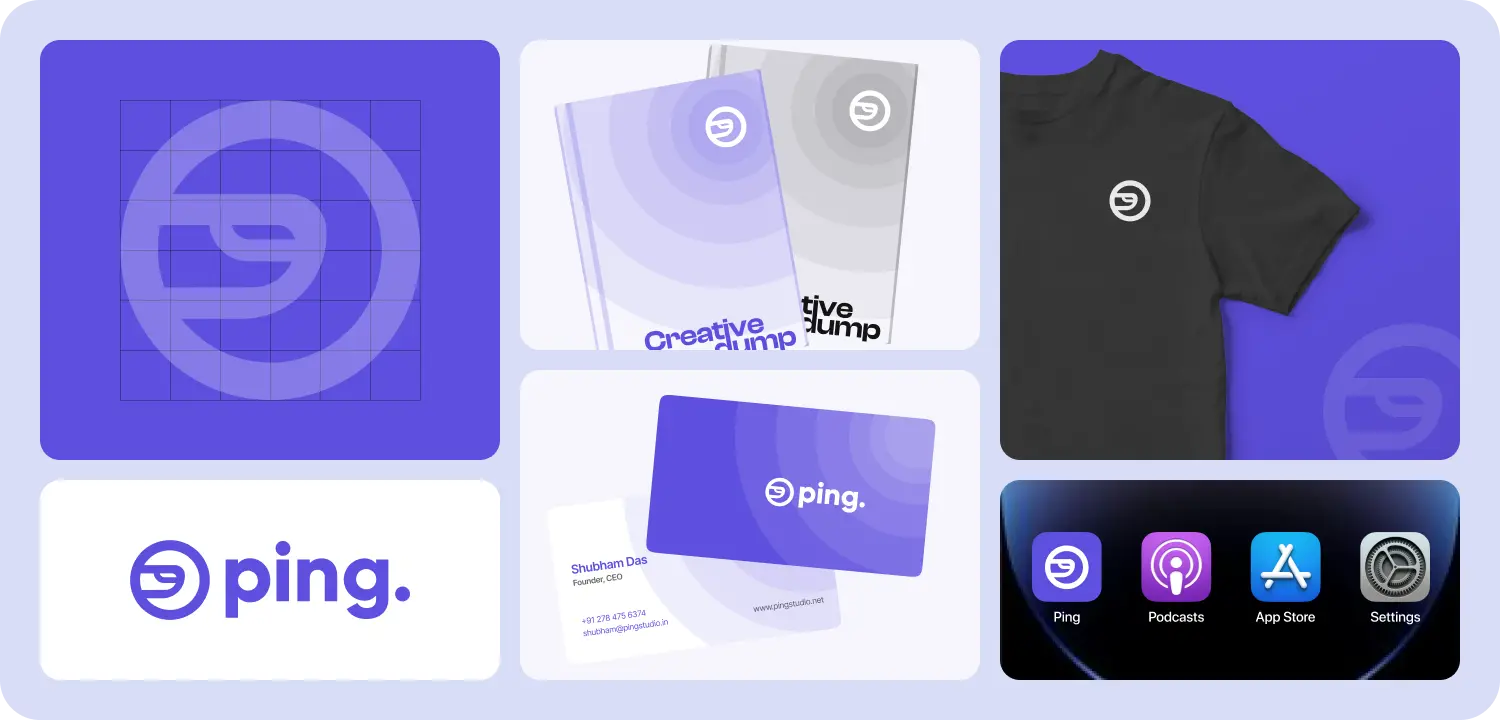
Education


A logo is more than just an image or a symbol. It represents the face of your brand. If designed right, it becomes an instantly recognisable visual depiction of business values, mission, and identity.
It speaks volumes to the tone of how customers will look at your company, and with today’s highly competitive market, it really is very important to get it right. Whether it’s a startup or rebranding an existing one, a well-designed logo could leave a lasting impression.
In this guide, we will take a look at the key principles of creating a great-looking logo that carries the essence of your brand and may be important to help build strong bonds with your audience.
At the heart of every successful brand is a customer-centric logo that speaks to its target audience. Any design of a logo must be done while keeping the customer in perspective, ensuring that the logo says something to their preferences and emotions, and expectations. Whether it’s targeting young professionals, families, or niche markets, comprehending your audience is central.

Think about huge brands like Apple and Nike; their logos might be simple, but they scream loudly to their clients. The Apple logo represents innovation and design, while the swoosh of Nike represents speed and power. These brands created their logos not just to look good but to connect on an emotional level with their users.
A customer-centric approach means researching your target market. What colours do they like? What are the symbols and shapes that remind them of their lifestyle? For example, a luxury brand targeting high-net-worth people may be using a simple and sleek logo in neutral colours, while the children’s brand would use bright colours and fun images.
It’s a good idea to start with surveys or interviews with your target customers, learning what kind of visuals they like. In this way, you can make your logo design targeted toward their preferences for the purpose of catching their eye and holding their brand loyalty.
A proper logo design takes a mix of creativity, research, and technical skill. While any person can outline a logo, a properly designed logo possesses several principles that make it timeless and effective.
One of the major components is simplicity. Most of the world’s logos Google, Adidas-straight into an individually simple look to instantaneous recognition. A simplistic logo is both memorable and can be used in several dimensions, shapes, and sizes without losing clarity.

Another key principle is that of balance. A well-balanced logo is aesthetically pleasing; it ensures that no part of the design is overwhelming another. Symmetry, proportion, and alignment all contribute to a balanced design that looks professional and polished.
It’s also important to make sure it’s going to be scalable. Your logo should look just as good on a business card as it would on a billboard. A well-designed logo will always be scalable without losing any detail or readability. Vector-based designs are common in logo design due to the fact that they can be resized without pixelation.
One of the most important qualities of proper logo design is timelessness. Trends come and trends go, but a truly great logo can stand the test of time. In designing a logo, one may feel tempted to run wild with incredibly trendy ideas in current design; you must remind yourself, “Will my logo be relevant in five, ten, or even twenty years?” Brands like Coca-Cola and Ford have logos that have kept their core design for decades and have managed to reinforce themselves over time.
Your logo is one of the biggest parts of your branding, yet it’s not the whole picture. Your voice, your values, and how you’re positioned within the market should be represented via your logo. For example, high-tech brands could make use of sleek, even avant-garde design elements while building their brand. Conversely, a sustainable brand would prioritise earthy tones and natural shapes in order to be truly eco-friendly.
The designing of a logo should be done in a consistent manner. The colour, fonts, imagery of your logo should be replicated across all your branding materials, from website and social media profiles to even business cards and packaging. It breathes life into the development of a harmonious brand identity that can easily be spotted by customers at all touchpoints.

Of course, Tesla and Amazon come to mind. The minimalist brand logo by Tesla says it all: innovation, highly advanced technology. The Amazon logo with its iconic smile symbolizes customer satisfaction and convenience. Both these logos are integrated into larger branding strategies that support the overall brand message.
Your logo can also tell a story about your brand. Adding meaning to your logo can be an allusion to heritage, mission, or values of your company; in any case, it can enhance strongly one’s brand identity, hence making it more memorable.
Creating a logo for your brand involves an interesting dance among aesthetics, customer focus, and functionality. A customer-focused logo makes sure that you connect with your audience; a converting logo actually drives engagement and action. Following the proper design principles of a logo, simplicity, scalability, and timelessness are certain ways to make sure it looks great and will last.

Keep in mind that your logo is a single piece of your puzzle, but a crucial one; an investment in a well-designed logo, whether for a small business just beginning or a large corporation undergoing corporate rebranding, will pay dividends through brand recognition and loyalty.
Share this article:

Account Manager

Managing Director